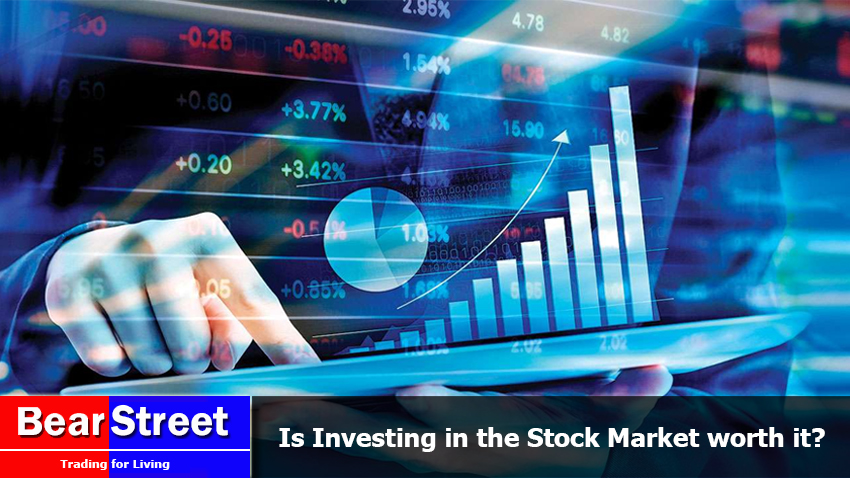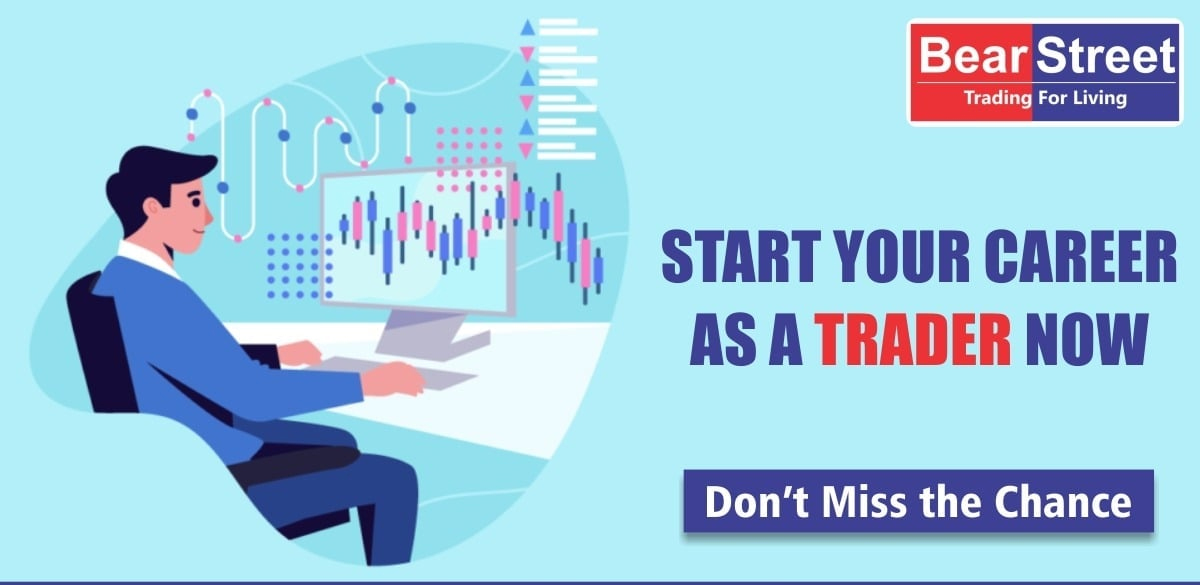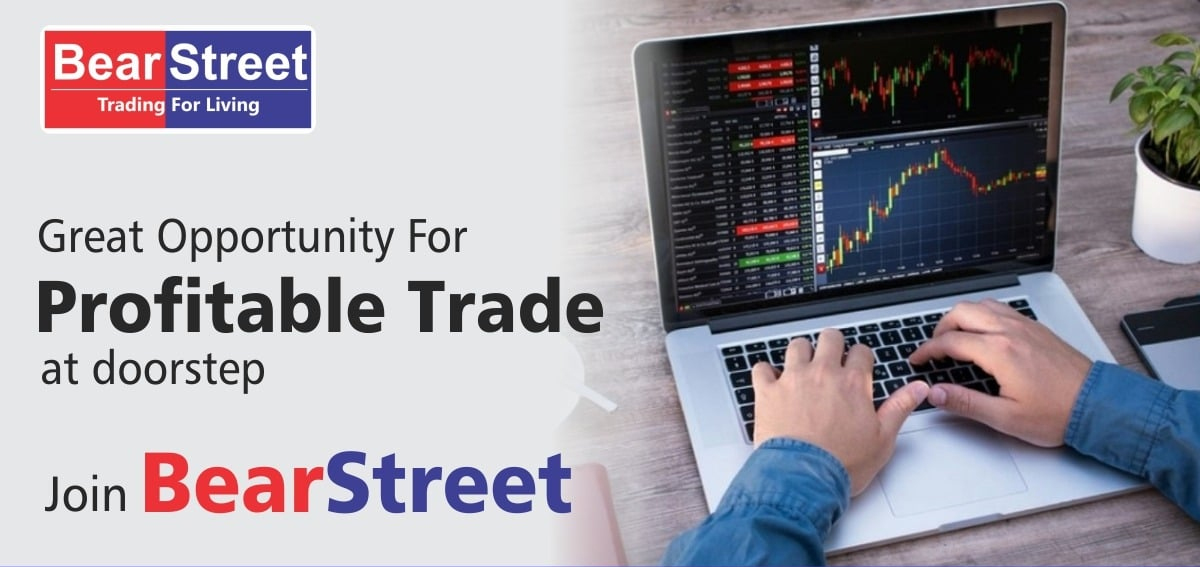Most people turn to the performance of the country's stock market as the biggest indicator of how well the economy is doing. Stock markets cover all industries in all areas of the economy. This means that they serve as a barometer of the economy's cycle and the hopes and fears of the population that generates growth and wealth.
Stock markets have existed for decades and will undoubtedly continue to be the main public, a regulated platform where people can buy and sell shares of various companies.
A trading floor refers to a floor in a building where stock traders buy and sell securities, fixed income, futures, options, goods, or foreign currency. Traders purchase and sell shares on behalf of investors, or behalf of the financial company employing them. The trading floor of an exchange is often referred to as a bottom because trading areas for various securities are generally designed in a circular fashion to be traded by traders.
On the trading floor there are three groups of people:
Floor brokers - Specialists are on the floor on behalf of their customers.
Market makers - This position is usually played by banks and financial institutions.
Floor traders - Who has his own money to invest in the stock.
Trading was heavily focused on these trading floors before the electronic era. The need for personal trade has however been replaced by automation today; a great deal of the action takes place every day on the stock market trading floor in Lucknow, carried out in a data center in the suburbs of UP.
Previous studies provide statistical proof that trading experience leads to the reduction of errors in judgment such as the endowment and the disposition effect. Try to get started as soon as possible. Read books, learn professional trading, learn how to do the proper research, and then you're all ready to invest. It's more important to be aware of exactly what we're doing and to be honest with ourselves about why we're doing it.



